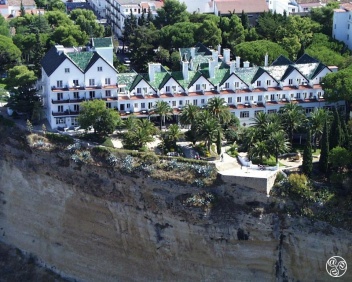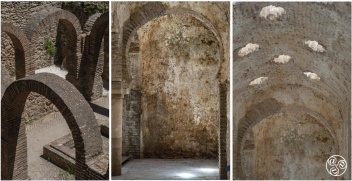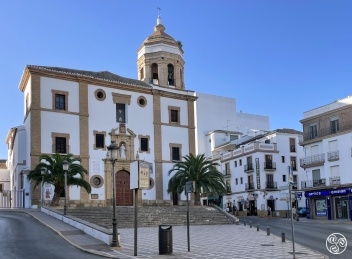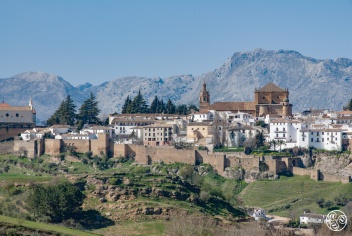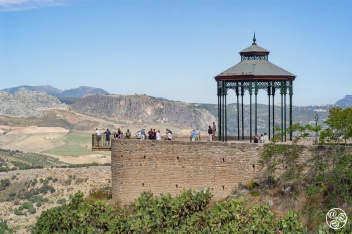Walking tour in Benarrabá
Before heading down the winding lane at the junction of the Gaucin road, take a look at the hill that the road curves around, which the locals call Monte Poron. This is meant to be the site of the local seat of power, whose castle dominated the area.


